Creative AI Gaining Momentum is More Important Than You Think (ML for SWEs 8)
Machine learning for software engineers 4-29-25
Welcome to machine learning for software engineers! Each week I detail the important topics and resources related to machine learning and AI that engineers should read, watch, and understand. Subscribe to join 6700+ others getting this straight to their inbox!
I’m making ML for SWEs articles completely free and instead adding new paid subscriber benefits:
100% noise-free monthly AI reading list roundup.
ML case studies: What companies are doing and how AI is involved.
AI job market overviews: What’s actually going on in the AI job market, what skills are in demand, and how to land a job.
Other extra articles I feel like writing.
You can get this and support Society’s Backend for just $3/mo. Thanks to all paid subs for supporting Society’s Backend!
If you missed last week’s article, make sure to check it out here:
Creative AI Gaining a Foothold is Important
Just this past week, Google expanded its sign-ups for Music AI Sandbox (you can now join the waitlist), a music editing/creation platform powered by AI. This comes about a year after their release of Google Vids, a similar tool for video.
Just a few weeks ago, Canva integrated a bunch of new AI features into its digital design platform with the goal of improving human-AI collaboration in the design space. I don’t think most people realize just how important this is.
All three of these tools aren’t meant to entirely replace humans—they’re meant to augment the work they do. Both Google and Canva are in unique positions for widespread adoption of their tools: Google because of the sheer number of people already using their workplace suite, and Canva because they’ve been at the forefront of making digital design more accessible, which is something AI should be very good at.

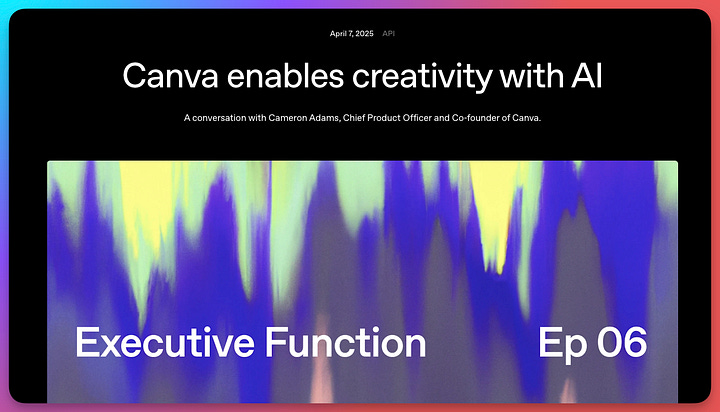

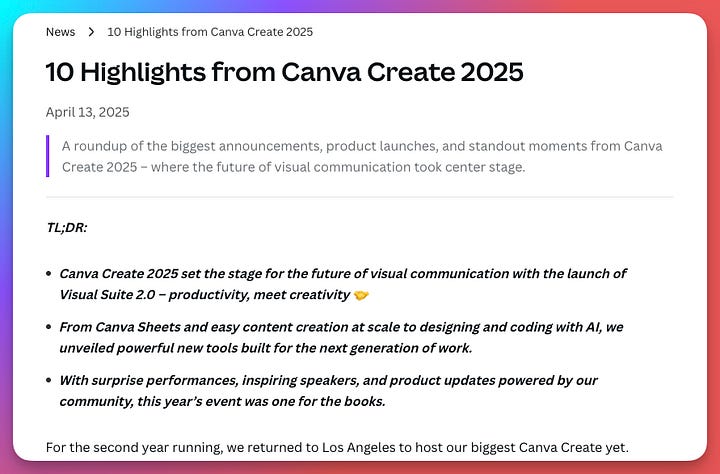
But we haven’t seen this value come through very much. Sure, there are plenty of use cases for generative AI that are helpful and frequently utilized (think coding, virtual assistants, etc.), but there are many more where the output is seen as more of a gimmick than a valuable tool.
Tech adoption is hard. One of the core problems in the field of technology is: How do we get consumers to adopt a new technology? The solution is more complex than just making it better than the current options. There’s always a cost of onboarding and a learning curve that prohibits movement. But this process starts with the new technology showing value.
This is where generative AI struggles. We see adoption for the common person to use image, video, and music generation for menial tasks. We don’t see a lot of adoption in professional work. These are the people that would likely benefit most from using AI in their workflow, but instead, they’re the group that is most vehemently against it.1
Creative professionals are the most important people to onboard to prove value. Professionals give high-value feedback and can truly explore the value AI brings to a rigorous workflow. They can definitively prove the value of AI going forward and boost the rate of adoption for other AI tools in the future.
The tools I mentioned above (and their many competitors) that create human-AI collaboration instead of human replacement with AI are the tools that will draw in this professional crowd in the way we need them to.
But these are my thoughts and maybe I’m wrong. Let me know what you think! I’m especially curious if you or someone close to you works in a creative role to know what they think of AI.
Enjoy the rest of the resources!
To help you become a better engineer
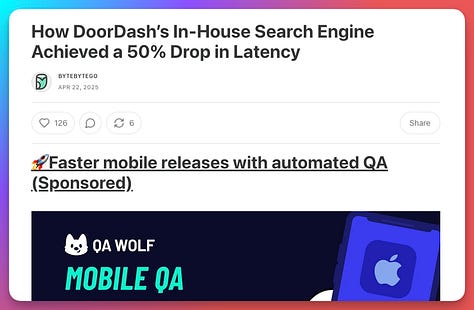
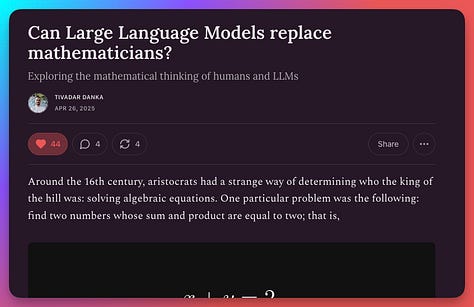
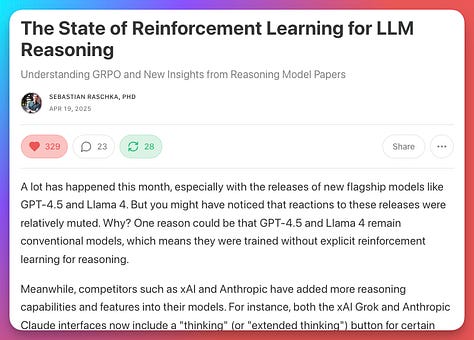
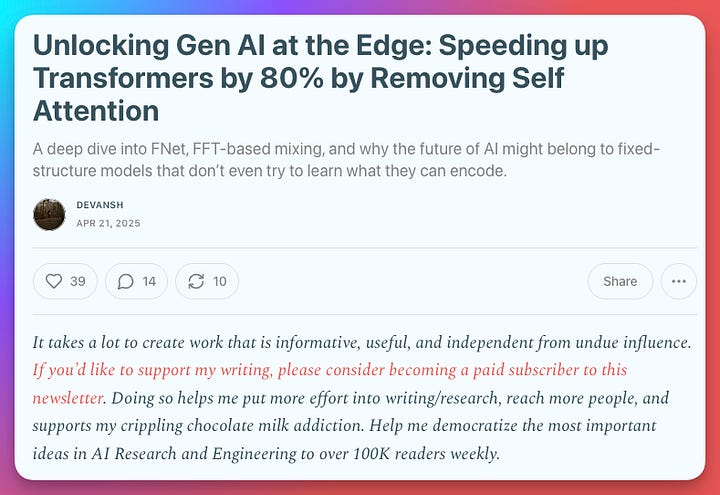
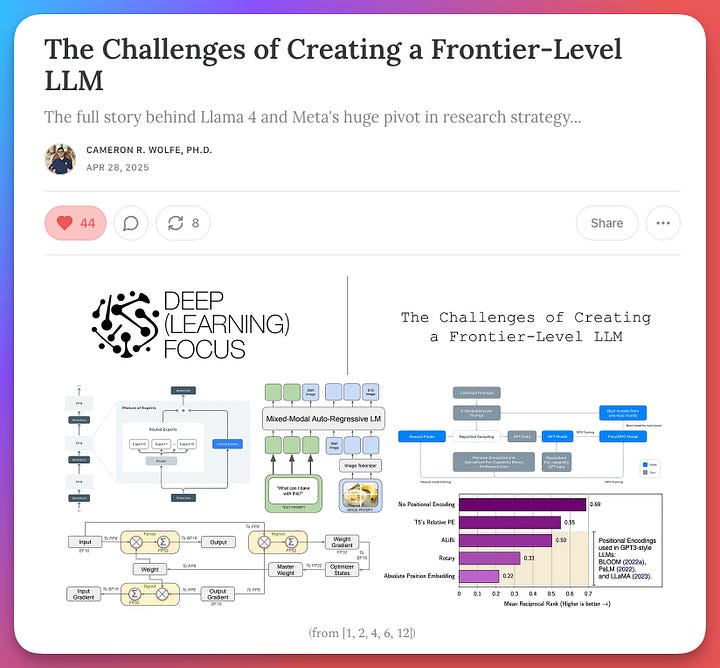
These articles are more in-depth into specific concepts in machine learning that can help you become a better engineer.
The Challenges of Creating a Frontier-Level LLM by
: Llama 4 introduces significant architectural and training changes aimed at improving performance and efficiency, but its perceived shortcomings highlight the need for rapid iteration and refinement by Meta.Speeding up Transformers by 80% by Removing Self Attention by
: FNet replaces the costly self-attention mechanism in Transformers with a Fast Fourier Transform, achieving up to 80% faster performance and significantly reducing computational demands while maintaining high accuracy.The State of Reinforcement Learning for LLM Reasoning by
: The article explores the advancements in reinforcement learning methods, particularly Group Relative Policy Optimization (GRPO), used to enhance reasoning capabilities in large language models (LLMs) like DeepSeek-R1 by employing verifiable rewards instead of human feedback.Can Large Language Models replace mathematicians? by
: Large language models have made significant strides in mathematics, but they still lack true reasoning and abstraction capabilities that are essential for problem-solving and theory-building.How DoorDash’s In-House Search Engine Achieved a 50% Drop in Latency: DoorDash developed a custom in-house search engine using Apache Lucene to achieve a 50% reduction in latency by addressing the limitations of Elasticsearch, enabling better performance, scalability, and flexibility for their specific search requirements.
Other interesting things
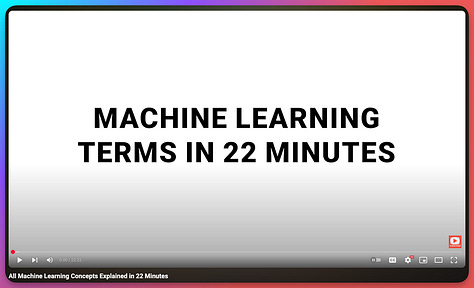
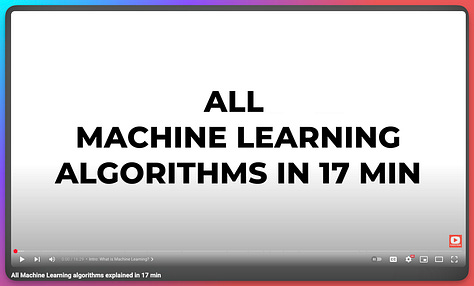

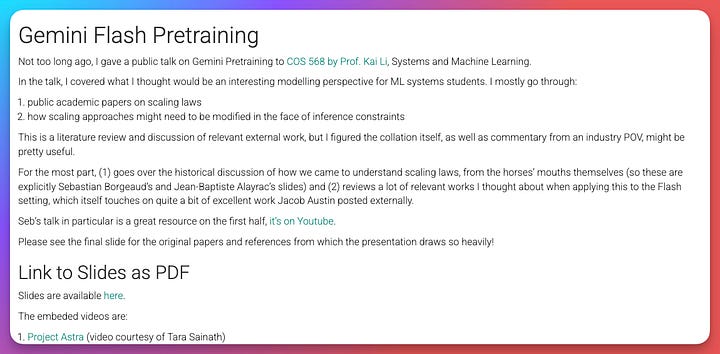
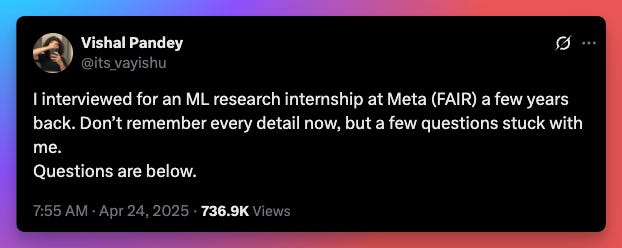
An interesting twitter thread detailing the interview questions for a position at FAIR (Meta). I found these a bit more intense than what I’ve seen previously, but it’s always good to have another data point.
A talk on Gemini pretraining with an emphasis on Gemini Flash, scaling laws for pretraining, and future pretraining work.
OpenAI released BrowseComp: a benchmark for browsing agents. It tests an agent’s ability to find information on the internet via browsing and focuses on whether an agent can answer complex questions that require creativity and strategic reasoning over simply retrieving and regurgitating facts.
I recently came across a YouTube channel called Infinite Codes and there were two videos in particular that were interesting to me: All Machine Learning Concepts Explained in 22 Minutes and All Machine Learning algorithms explained in 17 min. Both are worth the watch, even if it just ends up being a review.
Consciousness, Reasoning and the Philosophy of AI with Murray Shanahan by Google DeepMind is another video worth watching (or listening to in the background). It’s got some interesting tidbits about consciousness as it relates to AI. You can watch it on the embed above.
That’s all for this week!
Always be (machine) learning,
Logan
This is understandable, as most AI tools promise to entirely replace creative individuals. I wouldn’t be a fan of a tool promising to take my job either, especially when it implicitly undervalues the value I bring to the table. Most AI art tools I’ve seen are about “getting the job done quickly” instead of creating human connection and something meaningful.

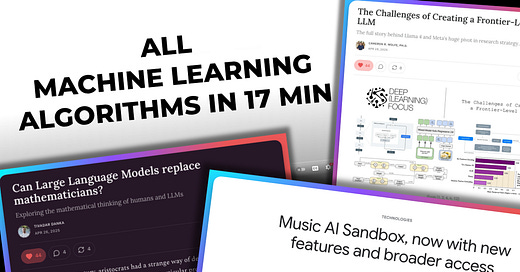




+1 on the DeepMind consciousness and reasoning video. Found it thought-provoking.